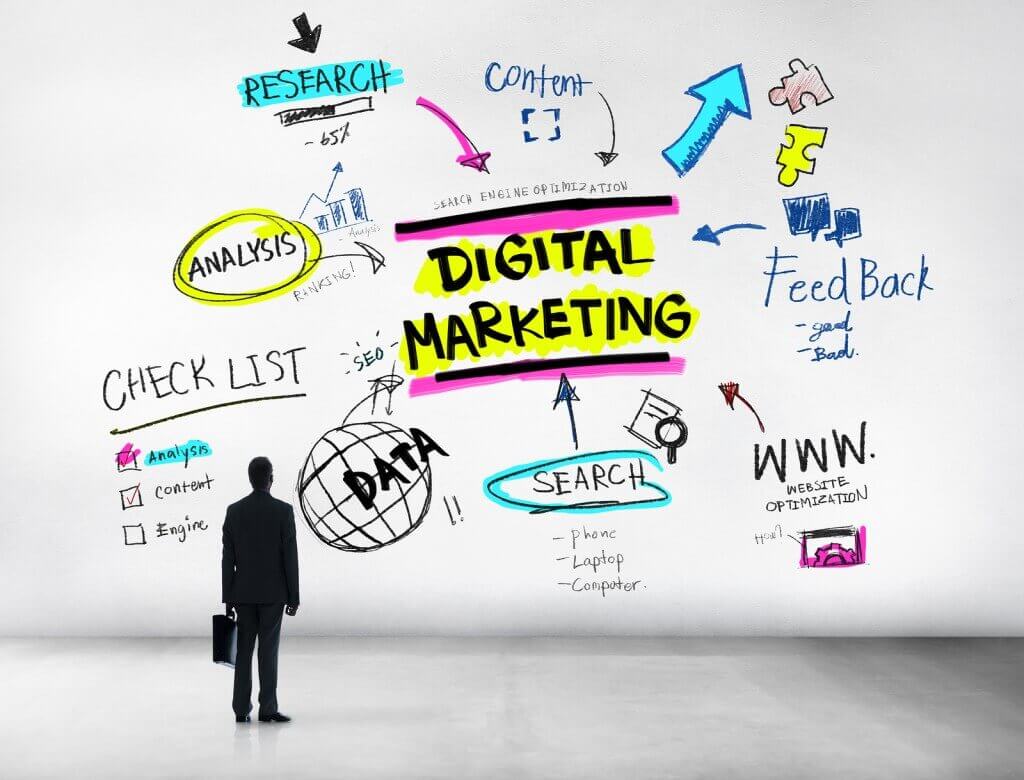
Most digital strategies don’t reflect how digital is changing economic fundamentals, industry dynamics, or what it means to compete. Companies should watch out for five pitfalls.
The processing power of today’s smartphones are several thousand times greater than that of the computers that landed a man on the moon in 1969. These devices connect the majority of the human population, and they’re only ten years old.1 1. Early versions of the smartphone date to the mid-1990s, but today’s powerful, multipurpose devices originated with the iPhone’s launch, in 2007.
In that short period, smartphones have become intertwined with our lives in countless ways. Few of us get around without the help of ridesharing and navigation apps such as Lyft and Waze. On vacation, novel marine-transport apps enable us to hitch a ride from local boat owners to reach an island. While we’re away, we can also read our email, connect with friends back home, check to make sure we turned the heat down, make some changes to our investment portfolio, and buy travel insurance for the return trip. Maybe we’ll browse the Internet for personalized movie recommendations or for help choosing a birthday gift that we forgot to buy before leaving. We also can create and continually update a vacation photo gallery—and even make a few old-fashioned phone calls.
Then we go back to work—where the recognition and embrace of digital is far less complete. Our work involves advising the leaders of large organizations. And as we look at this small device and all the digital change and revolutionary potential within it, we feel the urge to send every CEO we know a wake-up call. Many think that having a few digital initiatives in the air constitutes a digital strategy—it does not. Going forward, digital strategy needs to be a heck of a lot different from what they have today, or they’re not going to make it.
We find that a surprisingly large number underestimate the increasing momentum of digitization, the behavioral changes and technology driving it, and, perhaps most of all, the scale of the disruption bearing down on them. Many companies are still locked into strategy-development processes that churn along on annual cycles. Only 8 percent of companies we surveyed recently said their current business model would remain economically viable if their industry keeps digitizing at its current course and speed.
How can this be, at a moment when virtually every company in the world is worried about its digital future? In other words, why are so many digital strategies failing? The answer has to do with the magnitude of the disruptive economic force digital has become and its incompatibility with traditional economic, strategic, and operating models. This article unpacks five issues that, in our experience, are particularly problematic. We hope they will awaken a sense of urgency and point toward how to do better. (For more on how companies are redefining their digital strategies, see “Responding to digital threats.”)
Pitfall 1: Fuzzy definitions
When we talk with leaders about what they mean by digital, some view it as the upgraded term for what their IT function does. Others focus on digital marketing or sales. But very few have a broad, holistic view of what digital really means. We view digital as the nearly instant, free, and flawless ability to connect people, devices, and physical objects anywhere. By 2025, some 20 billion devices will be connected, nearly three times the world population. Over the past two years, such devices have churned out 90 percent of the data ever produced. Mining this data greatly enhances the power of analytics, which leads directly to dramatically higher levels of automation—both of processes and, ultimately, of decisions.
All this gives birth to brand-new business models.2 2. See Andrew McAfee and Erik Brynjolfsson, Machine, Platform, Crowd: Harnessing Our Digital Future, New York, NY: W. W. Norton & Company, 2017. Think about the opportunities that telematics have created for the insurance industry. Connected cars collect real-time information about a customer’s driving behavior. The data allow insurers to price the risk associated with a driver automatically and more accurately, creating an opportunity to offer direct, pay-as-you-go coverage and bypassing today’s agents.




